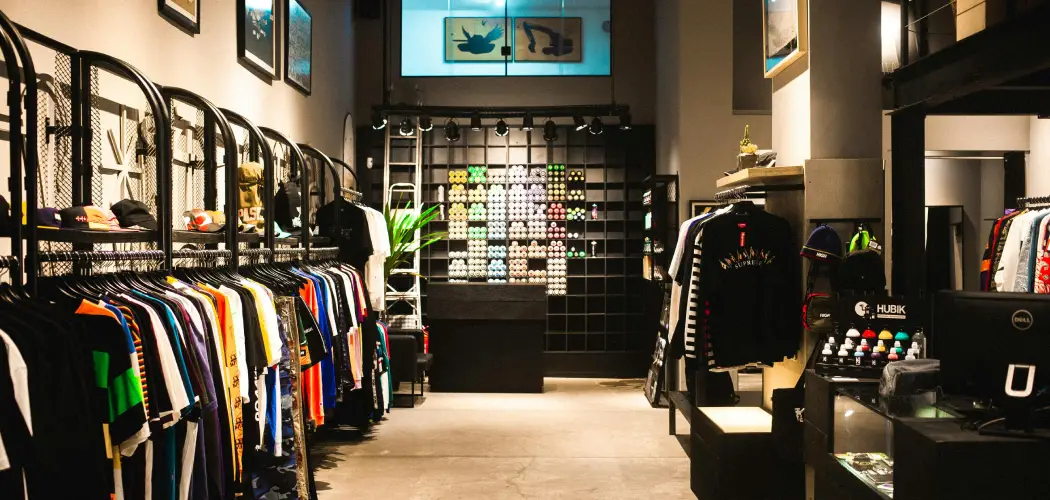Clothes hoarding can be a challenging habit to break, often stemming from emotional attachments or the fear of needing an item someday. This tendency to accumulate clothing can lead to cluttered spaces, making it difficult to find essential pieces and causing unnecessary stress. Fortunately, overcoming clothes hoarding is achievable through practical strategies and a shift in mindset.
This guide on how to overcome clothes hoarding will explore effective methods to help you declutter your wardrobe, make mindful purchasing decisions, and maintain a balance between keeping cherished items and letting go of excess.
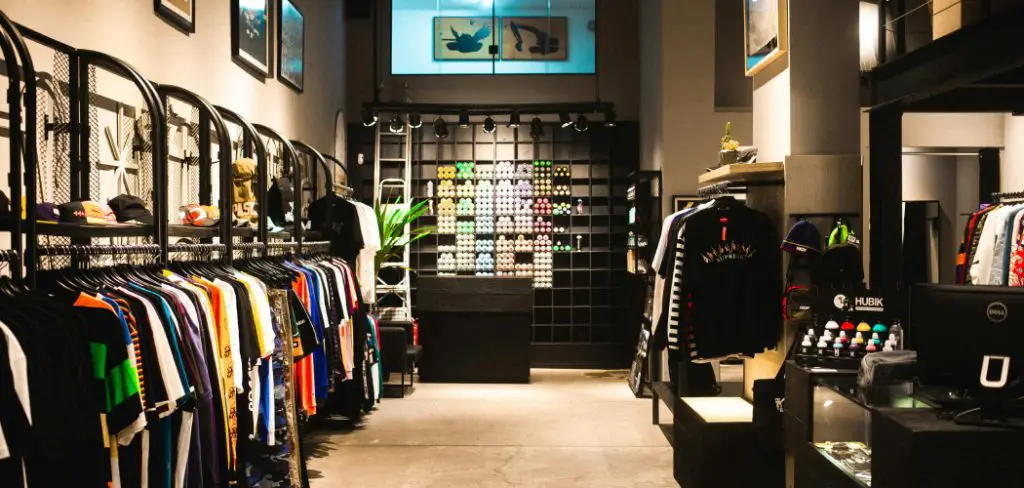
Why Do We Hoard Clothes?
Before tackling the issue of clothes hoarding, it’s essential to understand why we do it in the first place. The reasons for this behavior can vary from person to person, but some common factors include:
Emotional Attachments:
We may hold onto clothing items due to sentimental value or memories associated with them. These emotional attachments can make it challenging to let go of items, even if we no longer need or wear them.
Fear of Scarcity:
Many people tend to accumulate clothing as a form of security, fearing that they might need the item in the future. This mindset can be especially prevalent in those who have experienced scarcity or financial struggles in the past.
Impulse Buying:
In today’s consumer-driven society, it’s easy to fall into the trap of buying things we don’t need. Sales, trends, and social media influence can lead us to purchase more than necessary, contributing to a cluttered wardrobe.
Needed Materials
To effectively overcome clothes hoarding, it’s helpful to gather the following materials beforehand:
- Boxes or Bags for Sorting Items
- Labels for Categorizing Clothing (E.g., Donate, Sell, Keep)
- A Designated Space to Sort and Organize (E.g., Bed, Floor, Table)
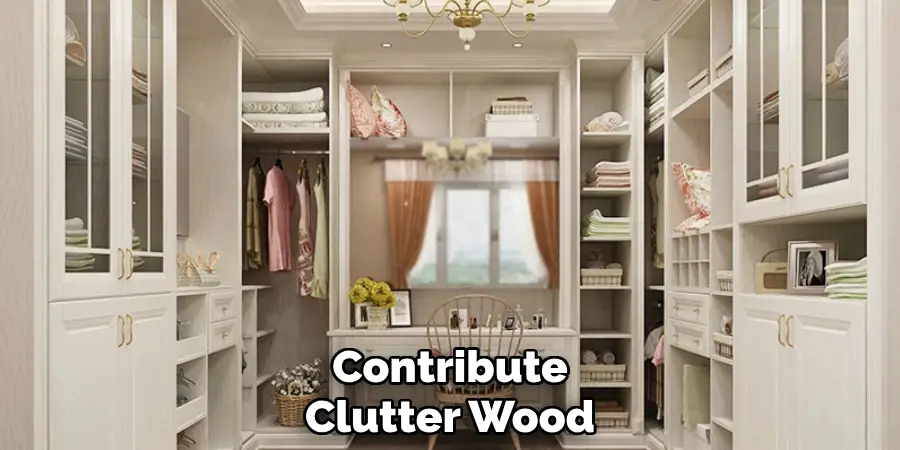
8 Steps on How to Overcome Clothes Hoarding:
Step 1: Set a Goal
The first step in overcoming clothes hoarding is to establish a clear and achievable goal for decluttering your wardrobe. Consider what you want to accomplish, whether it’s creating more space, minimizing your wardrobe, or adopting a minimalist style. Setting a specific target, such as reducing your clothing collection by a certain percentage or number of items, can provide focus and motivation.
Reflect on the benefits you aim to gain, such as reduced stress or improved organization, and visualize the outcome you desire. With a defined goal in mind, you’ll have a guiding purpose to keep you on track throughout the decluttering process.
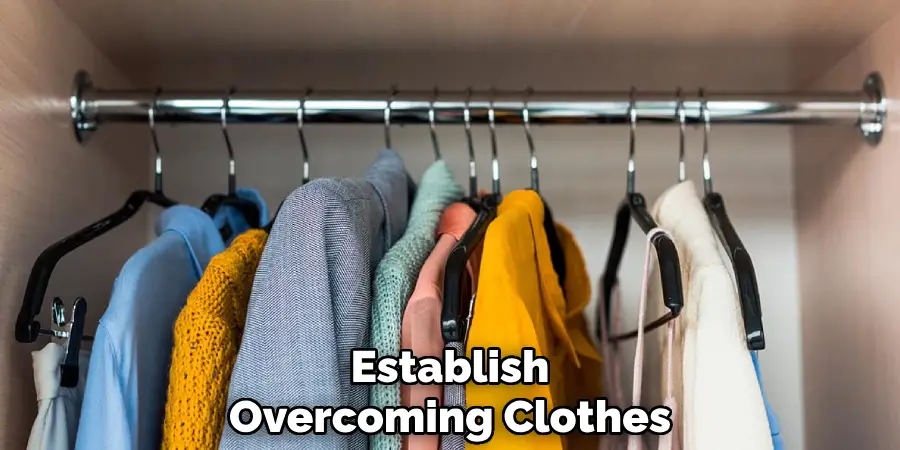
Step 2: Sort Your Clothing
Start by removing all your clothing from your closet, drawers, and any other storage spaces. Doing this allows you to see the full extent of your wardrobe and makes it easier to sort through items.
Sort clothes into categories based on their type (e.g., tops, bottoms, outerwear) or purpose (e.g., work attire, casual wear). As you go through each item, ask yourself the following questions:
- Does this item fit me comfortably?
- Have I worn this in the last year?
- Do I have similar items that serve the same purpose?
If the answer is no to any of these questions, consider letting go of the item.
Step 3: Categorize Clothes
After sorting through your clothing, create three categories – Donate, Sell, and Keep. Be honest with yourself about what you genuinely need and will use. If an item is in good condition but doesn’t fit or suit your style anymore, consider donating or selling it.
Remember that keeping items out of guilt or fear of needing them in the future only contributes to clutter and stress. Be mindful of why you want to keep an item and whether it aligns with your overall goal.
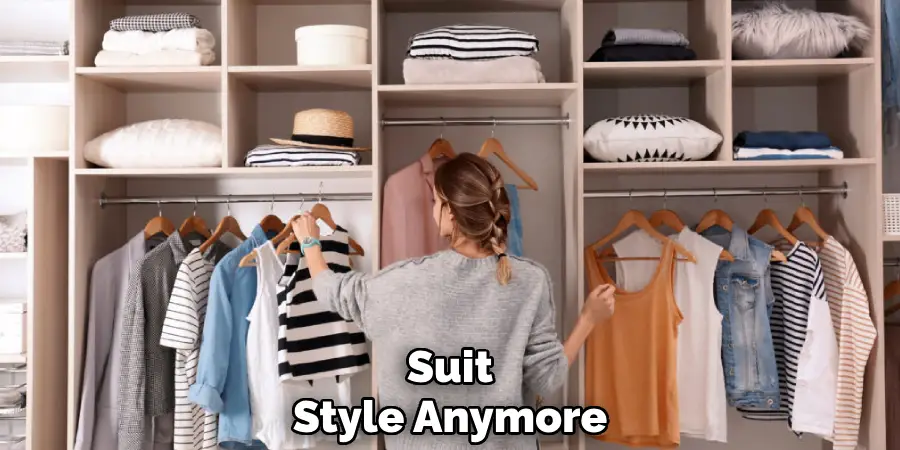
Step 4: Find New Homes for Unwanted Items
Once you’ve sorted and categorized your clothes, take action on the unwanted items immediately. This step is crucial in avoiding the temptation to keep items you’ve decided to let go of.
Donate clothes that are still in good condition to a local charity or clothing drive.
Consider selling higher-end, gently used items online or at consignment stores. This way, you can make some extra money and potentially find new homes for your unwanted clothes.
Step 5: Organize Your Keep Pile
Now that you have fewer items to work with, organize the remaining pieces into categories that work best for you. Some suggestions include:
- Hang dresses, skirts, and pants on hangers.
- Fold t-shirts and sweaters neatly in drawers or storage bins.
- Use shoe racks or boxes to store footwear.
- Create a separate space for seasonal or special occasion clothing.
Step 6: Implement the One In, One Out Rule
To maintain a well-curated wardrobe and avoid falling back into clothes hoarding habits, implement the one in, one out rule. For every new item you bring into your closet, remove one item from your wardrobe. This practice ensures that your collection stays manageable and prevents excess clothing from piling up again.
It’s helpful to set a limit on the number of items you allow in your wardrobe at one time. For example, if you have space for 50 hangers, only keep 50 clothing pieces in your closet.
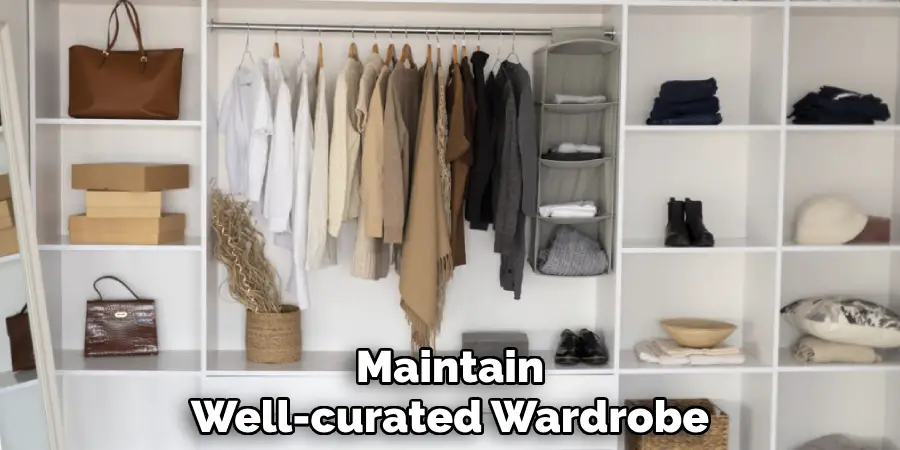
Step 7: Practice Mindful Purchasing
Before making a new clothing purchase, ask yourself if you genuinely need the item and if it aligns with your style and lifestyle. Avoid impulse buying by taking some time to consider the purchase before making it. Consider waiting a day or two before buying to ensure it’s not an impulsive purchase.
The goal is to create a curated and purposeful wardrobe rather than an overwhelming collection of unnecessary items.
Step 8: Maintain Balance
Once you’ve successfully decluttered your wardrobe and implemented new habits, it’s essential to maintain balance. Regularly assess your clothing collection and get rid of any unused or unwanted items. Be mindful of potential triggers that may lead you back into clothes hoarding tendencies, such as sales or emotional stressors.
Remember that a balanced wardrobe is not about having the most clothes but having the right ones that serve your needs and bring you joy. With intentional habits and continuous effort, you can overcome clothes hoarding and enjoy a clutter-free closet.
Following these steps can also lead to a more sustainable and mindful approach to fashion consumption, benefiting both yourself and the environment. Letting go of unnecessary clothing not only creates space in your closet but also allows you to focus on what truly matters – living a fulfilling and intentional life. So make sure to reassess your wardrobe regularly and keep it clutter-free!
Additional Tips
- Consider Creating a Capsule Wardrobe With Versatile Pieces that Can Be Mixed and Matched.
- Implement a Regular Decluttering Schedule, Such as Every Season or Year.
- Seek Support From Friends or Family Members to Help You Stay Accountable and Motivated.
- Remember That Decluttering is an Ongoing Process, and It’s Okay to Make Mistakes or Slip Up Occasionally. Simply Refocus on Your Goals and Continue Making Progress Toward a Clutter-free Wardrobe.
When it comes to overcoming clothes hoarding, the most important thing is to have patience with yourself and the process. It may take time to change your habits, but with consistency and determination, you can achieve a well-curated wardrobe that brings you joy and suits your needs.
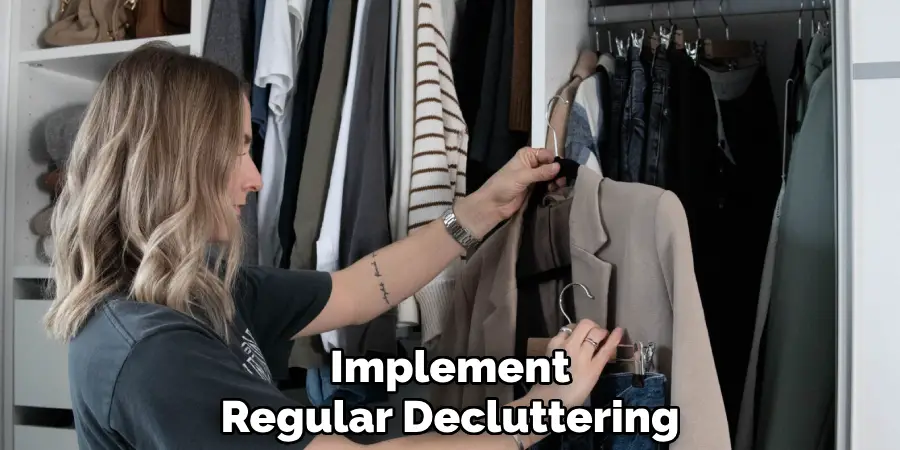
Frequently Asked Questions
Q: What Should I Do With Sentimental Clothing Items?
A: It can be challenging to let go of clothing with sentimental value. Consider taking a photo or keeping a small piece of the item as a memento, and then donate or dispose of the rest. Remember that it’s not the physical item that holds the memories but the emotions and experiences attached to it.
Q: How Do I Resist the Temptation of Impulse Purchases?
A: Take time to assess whether you genuinely need or want the item before making a purchase. Consider waiting a few days before buying to ensure it’s not an impulsive decision. You can also set a limit on the number of new items you allow yourself to buy within a specific timeframe.
Q: Is It Okay to Keep Items That Don’t Fit Me Anymore?
A: Be honest with yourself about your intentions for keeping these items. If they serve as motivation for weight loss or bring back happy memories, then it may be okay to keep them. However, if they only contribute to clutter and negative self-image, it may be better to let them go.
Q: How Can I Make the Most of My Wardrobe Without Buying New Items?
A: Get creative with styling and mixing and matching your current pieces. Consider creating a capsule wardrobe with versatile items that can be dressed up or down for different occasions. You can also try thrifting or swapping clothes with friends to refresh your wardrobe without spending money on new items. Keep in mind that having fewer options can help you see the potential in what you already have.
Q: What If I Need Professional Clothing for Work?
A: It’s essential to have appropriate clothing for your job, but that doesn’t mean you need an excessive amount of work clothes. Consider investing in quality and versatile pieces that can be mixed and matched for different outfits. You can also incorporate some business casual items into your everyday wardrobe to get more use out of them. Remember that less is often more when it comes to a well-curated closet.
With these tips and strategies on how to overcome clothes hoarding, you can declutter your wardrobe and overcome clothes hoarding tendencies. Staying organized and mindful of your clothing habits can lead to a more purposeful and sustainable approach to fashion.
Conclusion
Overcoming clothes hoarding is a journey toward a more intentional and fulfilling lifestyle. By implementing the strategies outlined above, such as practicing mindful purchasing, maintaining balance, and creating a capsule wardrobe, you can curate a closet that truly reflects your personal style and meets your needs. Remember that decluttering is an ongoing process that requires patience and self-compassion.
By focusing on quality over quantity and being mindful of your clothing habits, you not only simplify your life but also contribute to a more sustainable future. Embrace the freedom that comes with a clutter-free wardrobe and enjoy the peace of mind that it brings. Thanks for reading this article on how to overcome clothes hoarding.
About
Angela is the chief editor of Indoorense. She began her career as an interior designer before applying her strategic and creative passion to lifestyle and home.
She has close to 15 years of experience in creative writing and online content strategy for housekeeping and cleaning,home decorations as well as other efforts.
She loves her job and has the privilege of working with an extraordinary team. She lives with her husband, two sons, and daughter in Petersburg. When she’s not busy working she spent time with her family.

